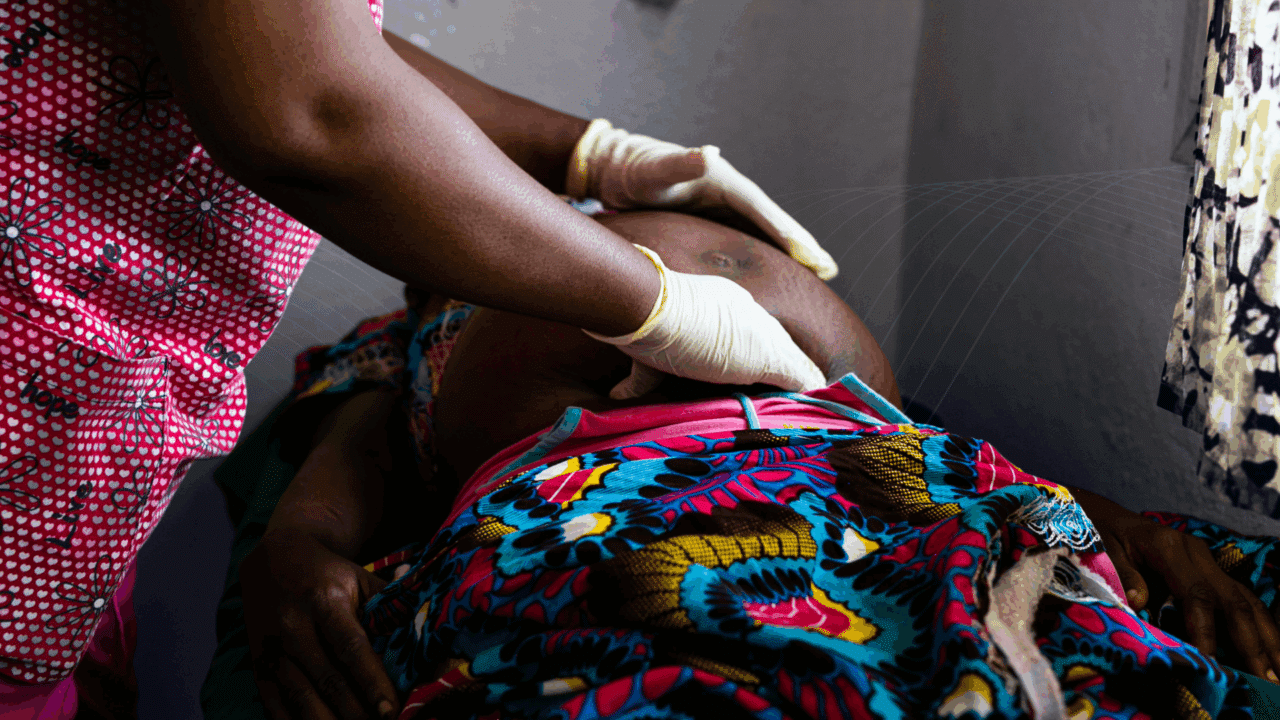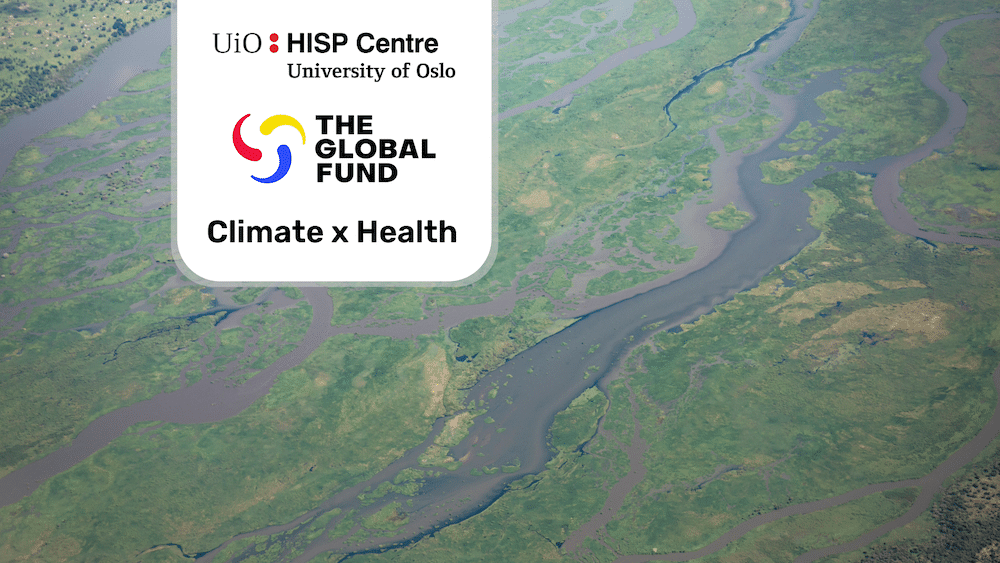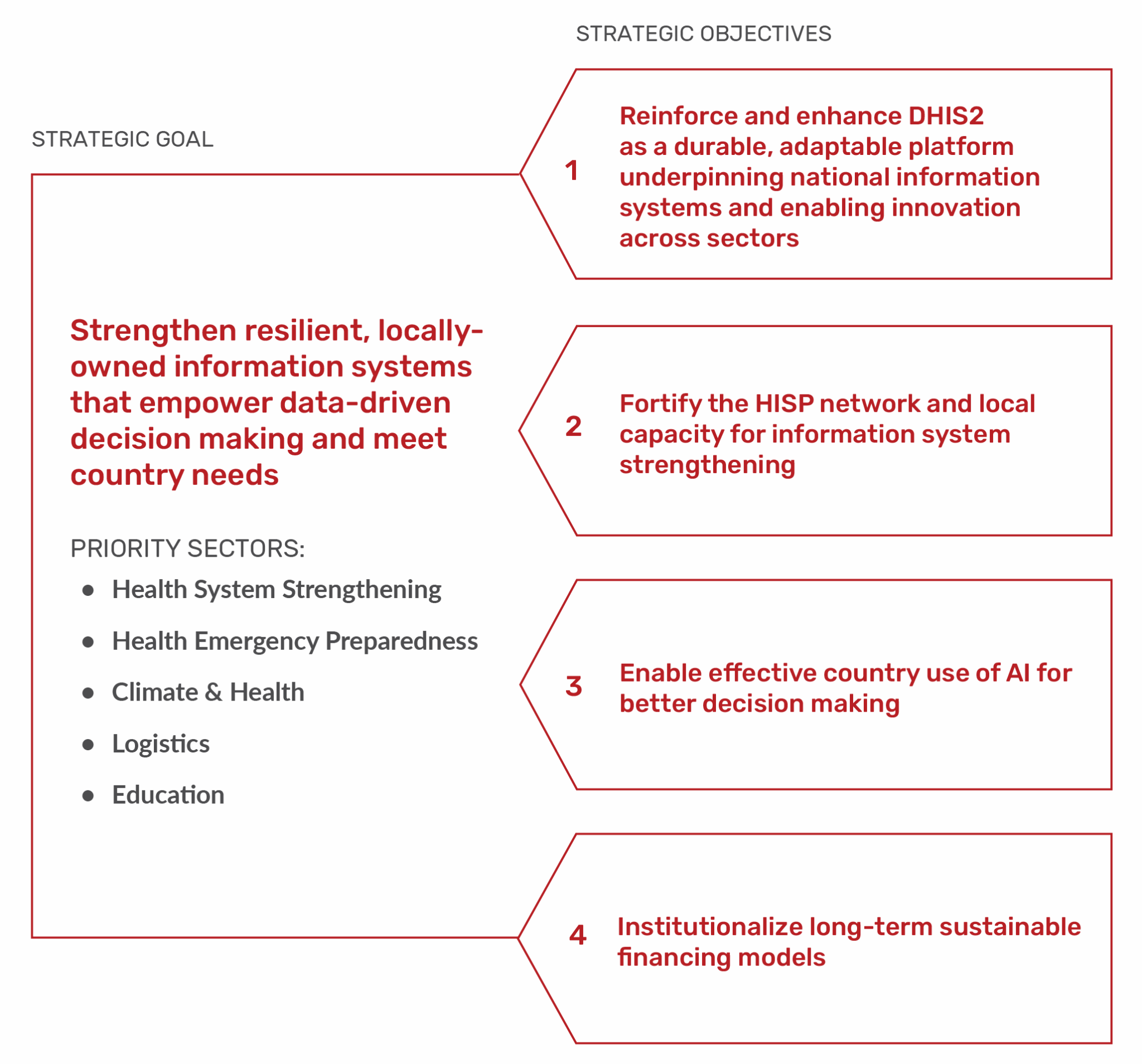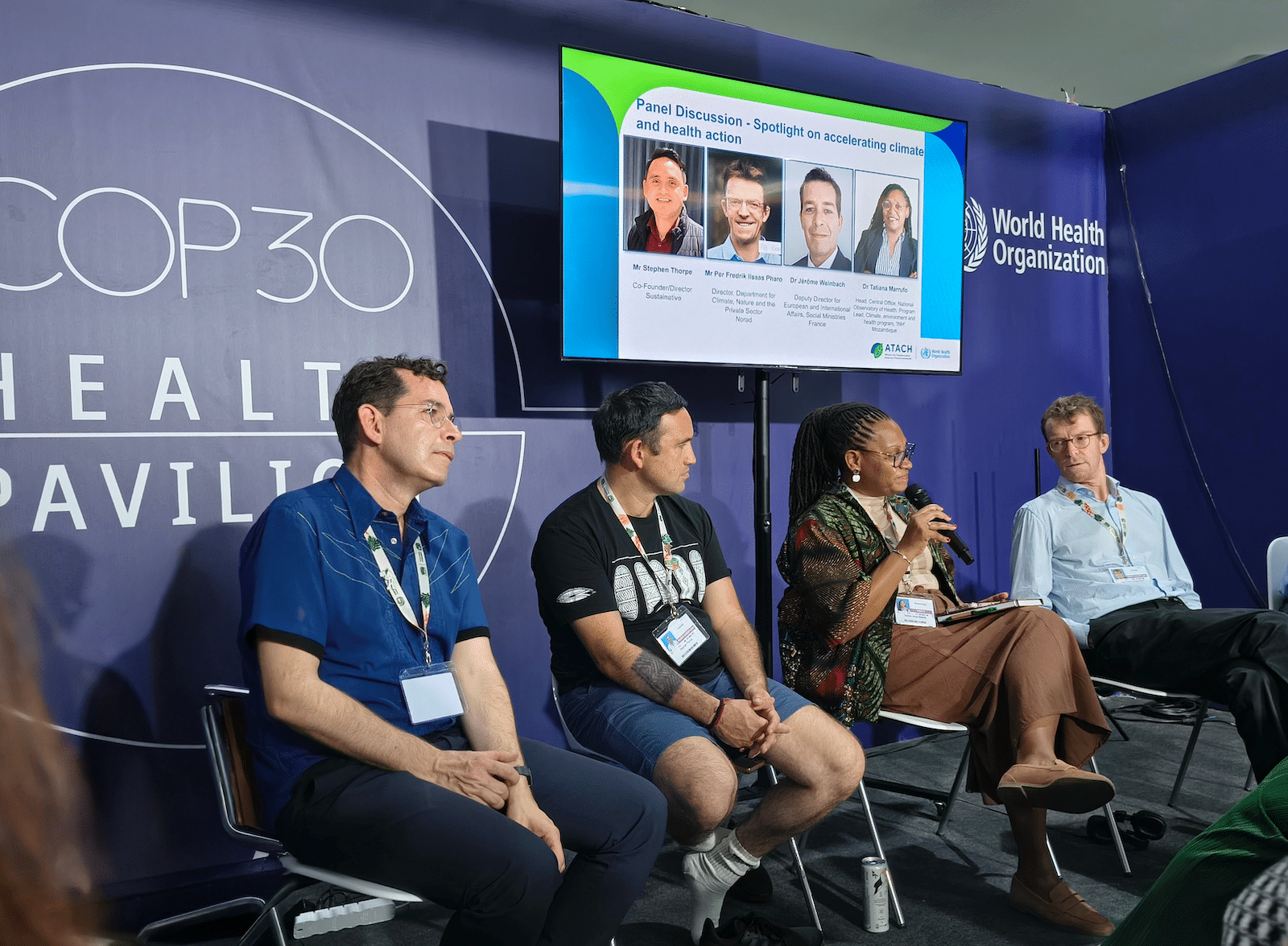
Transforming health data: UNFPA, UiO and WHO strengthen accountability and impact on reproductive, maternal, newborn, child, and adolescent health
New DHIS2 toolkits will improve emergency obstetric and newborn care and maternal and perinatal death reviews in low- and middle-income countries.
UNFPA, the UN sexual and reproductive health agency, has launched a collaboration with the HISP Centre at the University of Oslo (HISP UiO) to enhance national health information systems through new digital toolkits for maternal and newborn health. The toolkits will integrate emergency obstetric and newborn care (EmONC) and maternal and perinatal death surveillance and response (MPDSR) tools into DHIS2, the world’s largest health information management platform, making them available to countries around the world to complement their existing DHIS2 systems.
These toolkits are designed to strengthen country capacity to monitor service readiness, track performance, and respond to quality-of-care gaps using high-quality, real-time data, and will address two critical areas:
- The EmONC light assessment tool is envisioned as a streamlined, digital instrument designed to capture essential facility-level inputs—such as availability of life-saving commodities, equipment, and human resources—while also monitoring process indicators. This tool aims to provide an agile framework for identifying gaps, ensuring timely corrective actions, and ultimately strengthening the quality of maternal and newborn care.
- The MPDSR module will help countries understand and address the root causes of maternal and perinatal deaths through standardized, real-time data collection on death audits and the implementation of responsive actions. This will support accountability and facilitate cross-country comparability and evidence-based decision-making, ultimately contributing to more effective strategies for reducing preventable deaths.
“Far too many maternal and newborn deaths go unseen, unrecorded, and unanswered – especially in the most fragile health systems. These new toolkits are designed to close critical data gaps and equip governments and communities with the insights they need to save lives – ensuring that every woman and every newborn is counted, heard, and cared for.” Julia Bunting, Programme Director, UNFPA
DHIS2 serves as the national health management information system in more than 80 countries, and a backbone for reproductive, maternal, newborn, child and adolescent health monitoring in many low- and middle-income countries. This new initiative builds on global best practices and aligns with major global frameworks, including the Sustainable Development Goals and the Global Strategy for Women’s, Children’s, and Adolescents’ Health and the Every Woman, Every Newborn, Everywhere partnership.
The toolkits will be made publicly available through DHIS2 demo instances and supported by implementation guidance, training resources, and webinars. As with other global toolkit efforts, the approach prioritizes national ownership and government leadership through alignment with existing DHIS2 metadata and workflows, leveraging support from UNFPA’s presence in over 150 countries and the implementing partners of the global HISP network to support adaptation, deployment, and capacity building.
This initiative is part of a broader effort to harmonize national reproductive, maternal, newborn, child, and adolescent health data systems and strengthen the use of routine health facility data. It is jointly carried out by the HISP Centre at the University of Oslo, UNFPA, and WHO, drawing on their combined expertise to support country-led digital transformation through DHIS2. The new DHIS2 toolkits are expected to be available for countries by late 2025.


